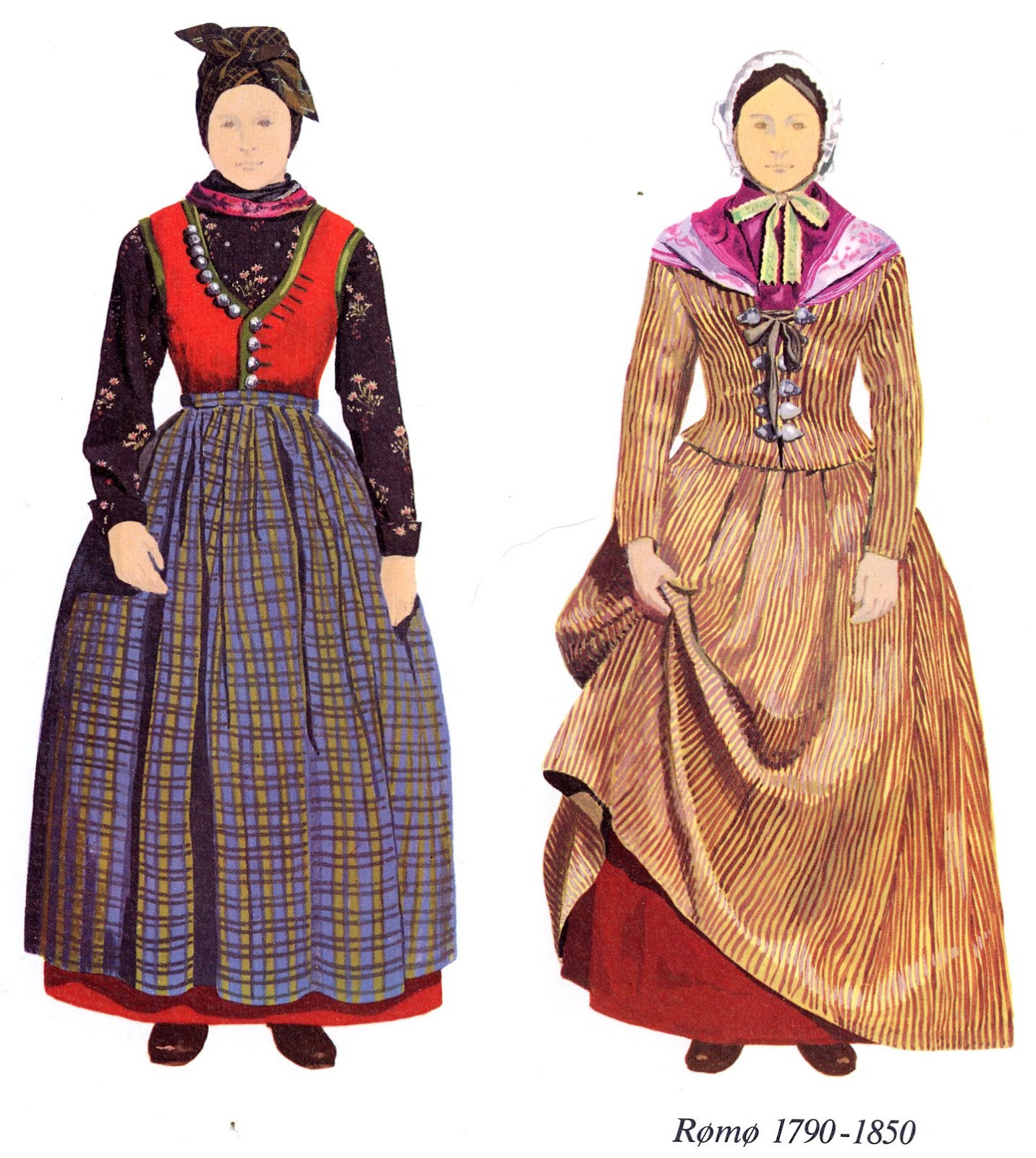Denmark, a country renowned for its rich history and vibrant culture, boasts a unique array of traditional clothing that reflects the essence of its people and their heritage. The traditional attire of Denmark is not merely a fashion statement; it embodies the stories and customs passed down through generations. From colorful folk dresses to intricate embroidery, the clothing worn during festivals and special occasions serves as a window into the nation’s past, allowing us to appreciate the craftsmanship and artistry involved.
In Denmark, traditional clothing varies by region, with each area showcasing its unique styles and designs. These garments often reflect the local agricultural practices, climate, and social customs. The importance of traditional clothing is deeply rooted in Danish culture, as it enhances communal ties during celebrations and folk events. As we delve into the world of Denmark traditional clothing, we will uncover the fascinating elements that make it a vital aspect of the nation's identity.
Furthermore, the resurgence of interest in traditional attire has led to a revival of cultural pride among the younger generations. Today, many Danes don traditional clothing during significant events, festivals, and even in daily life, ensuring that these beautiful garments continue to thrive. Join us on this journey as we explore the intricacies of Denmark traditional clothing, its historical significance, and the ways in which it is celebrated today.
What Are the Key Features of Denmark Traditional Clothing?
Denmark traditional clothing is characterized by its vibrant colors, intricate patterns, and distinctive styles. Some of the key features include:
- Folk Dresses: Known as "dragt," these dresses are often made of wool and linen, adorned with elaborate embroidery and lace.
- Regional Variations: Each region in Denmark has its unique attire, reflecting the local culture and customs.
- Accessories: Traditional clothing is often complemented by hats, shawls, and jewelry that add to the overall aesthetic.
- Materials: The use of natural materials such as wool, cotton, and linen is prevalent in traditional garments.
Who Wears Denmark Traditional Clothing?
Denmark traditional clothing is worn by people of all ages during various cultural events, festivals, and celebrations. It is especially prominent during:
- National Holidays: Celebrations such as Constitution Day and Midsummer.
- Folk Festivals: Events that showcase Danish music, dance, and culture.
- Weddings: Traditional attire is often worn during nuptial ceremonies, symbolizing cultural heritage.
What Are the Different Types of Denmark Traditional Clothing?
The diversity of Denmark traditional clothing can be categorized into several types, each representing different regions and occasions:
1. Folk Costumes
Folk costumes are the most recognizable form of Denmark traditional clothing. Each costume tells a story about its region, often featuring:
- Colorful skirts or trousers
- Embroidered blouses or shirts
- Handcrafted accessories
2. Working Attire
Historically, working attire was practical and functional, designed for farmers and laborers. These garments include:
- Durable trousers
- Simple shirts
- Aprons and hats
3. Celebration Wear
Special occasions call for more elaborate outfits, often showcasing exquisite craftsmanship. Celebration wear features:
- Rich fabrics like silk and velvet
- Intricate lacework and embroidery
- Decorative jewelry and headpieces
How Has Denmark Traditional Clothing Evolved Over Time?
Like many aspects of culture, Denmark traditional clothing has evolved significantly over the years due to various influences, including:
- Industrialization: The rise of factories changed the way clothing was produced, leading to a decline in handmade garments.
- Globalization: Exposure to international fashion trends has impacted traditional styles.
- Cultural Revival: In recent years, there has been a resurgence of interest in traditional clothing, fostering pride in cultural heritage.
What Role Does Denmark Traditional Clothing Play in Festivals?
Denmark traditional clothing holds a significant place in the country's festivals, where it serves multiple purposes:
- Celebration of Heritage: Wearing traditional attire during festivals reinforces cultural identity and pride.
- Community Bonding: Festivals provide a platform for people to come together and celebrate their shared customs.
- Artistic Expression: Traditional clothing allows for individual creativity and expression through personal styling.
Can You Learn to Make Denmark Traditional Clothing?
Yes! There are numerous workshops and courses available for those interested in learning the art of making Denmark traditional clothing. These programs cover:
- Pattern Making: Understanding the construction of traditional garments.
- Embroidery Techniques: Learning the various techniques used in embellishing clothing.
- Fabric Selection: Gaining knowledge about the different materials suitable for traditional attire.
Conclusion: Why Is Denmark Traditional Clothing Important?
Denmark traditional clothing is more than just attire; it is a celebration of cultural identity, history, and community. As we have explored throughout this article, traditional clothing plays a significant role in preserving the stories and customs of the Danish people. By wearing and promoting these beautiful garments, Danes not only honor their heritage but also share it with the world. The continued revival and appreciation for Denmark traditional clothing ensure that these vibrant traditions will thrive for generations to come.
Article Recommendations
- Don Trump Je Ex Wife
- Gypsy Eose Crime Scene
- Younger Barbara Bush
- Glenn Close Michael Douglas
- Who Is Slash Dating
- Chantel And Pedro
- Good Morning Quote For A Friend
- Josh Gates Dating Now
- Who Is The Song Youre So Vain About
- Neil Young Images



